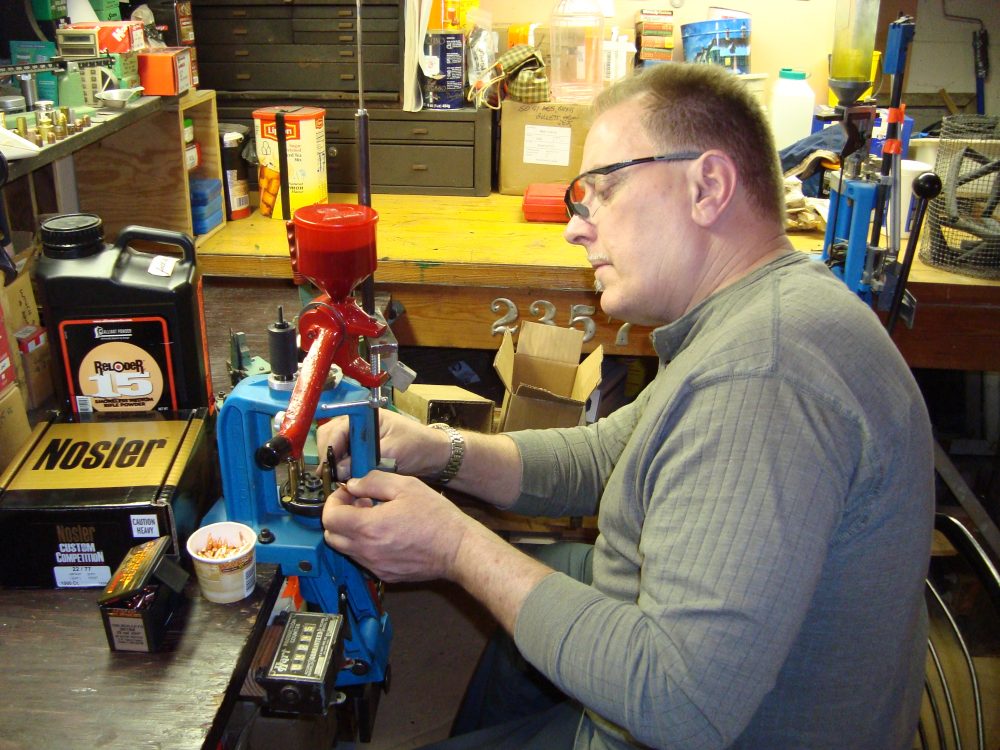I shoot ammunition specifically tailored for each purpose and rifle/handgun I own. Let's consider a 6.5 Creedmoor for a minute. Two years ago, the Federal Gold Medal Match ammunition or the Hornady ELD Match ammunition was between $25 and $30 a box of 20. That is a price of around $1.25-$1.50 per shot. Right now, premium ammunition for the 6.5 Creedmoor is $2+ per shot. Also, right now at this moment it costs me $.77 for each shot when calculating the cost of primers, bullets, powder, and brass with 10 firings each. When I consider that I have around $1,000 in tools that are only used for reloading and try to see how many rounds of ammunition I have to load to pay for my equipment, it is pretty clear that at least for me, reloading my ammunition is definitely worth it. In 2020, I fired 3,000 shots from just one 6.5 Creedmoor barrel. In total, at my current cost, that ammunition would cost me $2,310. The last time I purchased the above-mentioned Federal Gold Medal Match ammunition, it was $34 a box. That is a cost of $1.70 per shot. The same 3,000 shots using that factory ammunition would have a total cost of $5,100.
Unclenick was discussing inflation. I believe he has some good points there, but inflation is not likely to affect the cost of loaded ammunition without also having a relative impact on the cost of components. For me at least, the cost of my ammunition for my 6.5 Creedmoor rifle is only 45% the cost of match grade factory ammunition. In the last 24 months alone, I have saved enough money to pay for my components and my equipment and still saved over $1,000. That is only considering what I saved for one type of ammunition. For my 300 PRC, the difference in cost is even more evident. Factory ammunition for that thing is $2.70 per shot. The only way for me to get brass for that gun right now is factory ammunition. Lucky for me, the factory Hornady stuff shoots very well in that rifle. As such, I do not count the cost of brass in the cost of my reloads. I figure, at least for now, I covered the cost of the brass when I purchased the ammunition, which I still got use of, therefore my brass for the reloads is free. Right now, I am paying $.50 per bullet, $.50 per powder charge, and $.10 per primer. That is a cost of $1.10 per shot. I have shot 100 factory rounds and 300 reloads from that rifle. Those 100 shots of factory ammunition cost me roughly $270, and the 300 rounds of reloads have cost me roughly $330. By the time I shoot this barrel out, if I consider 1,500 shots, Factory ammunition would cost me $4,050, whereas my reloads will have cost me $1,650.
If you shoot like I do, and I know a lot of people shoot way more, reloading is definitely not too expensive. If I were to consider how many shots, I take per year total from all my rifles and pistols, I am probably shooting 10,000 shots per year. Of course, this means that I spend almost every extra dollar I have after savings and expenses on my shooting habit. I could not afford to shoot even remotely close to that many rounds of factory ammunition.




